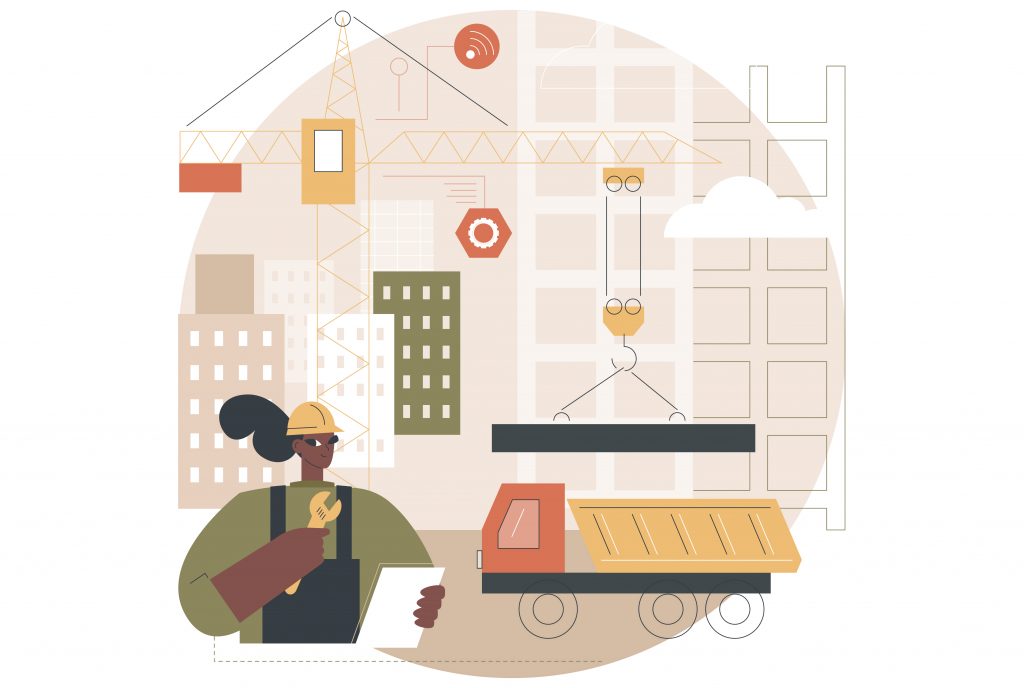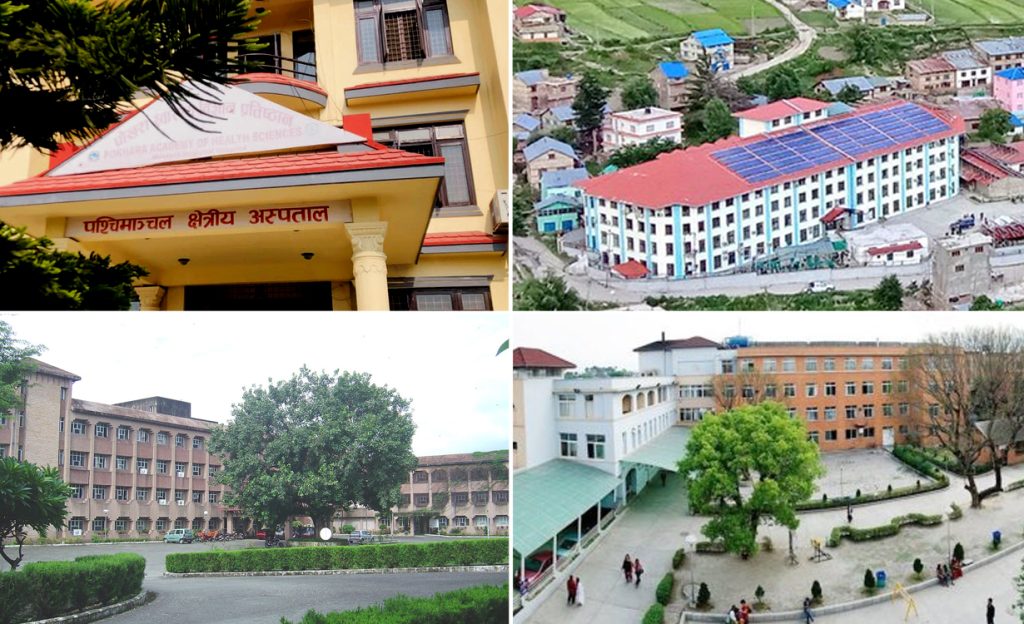
The National Population and Housing Census results released by the National Statistics Office show a decrease in population in hilly and mountainous regions and an increase in the population of the Terai region.
The Terai region holds 54 per cent of the total population, while the hilly region holds 40 per cent, and the Himalayan region holds about six per cent. Over the past decade, the population of the Terai region has grown by four per cent, while the hilly and Himalayan regions have seen a decline in population by three per cent and one per cent, respectively.
The country’s enduring priorities comprise achieving equitable regional growth and population distribution. The government has been enacting diverse measures outlined in the budget statement and other policies and programmes to accomplish these priorities. But now, with the new census report coming out, the most eagerly awaited programme for guaranteeing even-handed infrastructure development is a new town development approach, which is a must for regional balance.
History of town development in Nepal
During the budget speech of 2010/11, it was announced that after studying the feasibility and identification of suitable locations, infrastructure mapping work would commence for building 20 large modern towns for both residential and business purposes along the Mid-Hill Highway and north-south corridor of Nepal.

The town development measure, introduced during the tenure of the former Prime Minister Madhav Kumar Nepal, was of high significance. Its objective was to address the issues arising from increasing urbanisation, sustain the population of hilly regions, prevent rapid migration, improve infrastructure and make the respective regions’ economies viable by constructing industries and factories.
After considering various indicators such as land availability, population, population density, the potential for economic development, non-agricultural population, water sources, migration, state of government services, literacy and road access, several suitable locations for new town development were identified.
Currently, more than 54 towns (including 27 new towns, 10 Himalayan new towns and 17 smart cities) are under construction. The focus of the current construction work in all the new town development projects is on improving urban roads, upgrading bus parks, constructing link roads, building vegetable markets, and beautifying market areas.
The term “new town” is sometimes also referred to as a smart city or a satellite city in the Nepali context. In 2016, the National Planning Commission released a concept paper on smart cities, outlining 117 indicators based on four key characteristics — smart people, smart governance, smart infrastructure, and smart economy — and 31 components.
But all these town development plans have largely failed.
The new approach
Nepal ranks 11th globally in terms of earthquake risk. But, in the past, unorganised towns got developed around the East-West Highway due to a lack of timely planning, resulting in non-earthquake-resistant buildings and a decline in urban aesthetics. Now, a new town development approach might discourage past practices of haphazard market settlements.
Under the current plan, new towns will be developed through land pooling, integrating settlements in a coherent manner along the central mountain road. By 2033, these towns are expected to manage a population of at least 100,000, with the necessary facilities and infrastructure. The government aims to promote public-private partnerships in the new town approach.

The new town development will also connect surrounding rural areas, facilitating links between urban and rural communities. The government also aims to protect cultural, religious and historical areas under the new towns and promote economic growth.
The construction of 10 towns along the Himalayan foothills is expected to contribute to the extension of tourist stays in the area. Furthermore, this initiative aligns with the National Urban Policy’s aim to promote balanced urban development.
To proceed with land pooling for new town development, the local people of the area need to give 51 per cent consent. Any disputes at the local level could affect the construction of the new town.
However, there was some confusion during the implementation of the project due to a lack of policy clarity and federalism. At one point, the preparation to operate through the provincial government also hindered the implementation. But now, the Ministry of Urban Development under the federal government is implementing the project.
The government considers the construction of new towns as a game-changer project, with the slogan “New town: the foundation of development” set in the current budget speech. However, the allocated budget for the new town development project is only 3 billion 10 million rupees, which may be insufficient.
It is interesting to note that the New Town Project Coordination Office under the MoUD has already prepared 13 smart city master plans, indicating the government’s commitment to building smart cities. The integrated urban development plan for 12 towns located along the Mid-Hill Highway is also being implemented, which will help in the planned and organised development of these towns.
Moreover, the ongoing land pooling in 12 new towns will ensure the equitable distribution of land among the people and promote sustainable urbanisation. These efforts demonstrate the government’s efforts to develop towns that are sustainable, smart and capable of meeting the needs of their citizens.
Overcoming the challenges

It is common for large-scale infrastructure projects like new town development to face various challenges and obstacles, including issues related to budget allocation, implementation, capacity and payment delays. However, it is important for the government and relevant agencies to address these issues in a timely and efficient manner in order to ensure the successful implementation and completion of such projects.
Proper planning, coordination and monitoring are also crucial for the success of new town development. This includes ensuring sufficient budget allocation, effective implementation strategies and timely payment for completed work.
In addition, involving local communities in the planning and implementation process can help to ensure that their needs and concerns are taken into account, which can ultimately lead to more successful and sustainable outcomes.
The construction of new towns in various countries, including South Korea, has been achieved through the successful implementation of the public-private partnership model. If Nepal adopts this, clarifying the incentives that the private sector is offered in public-private partnership agreements for constructing new towns is crucial. Without this clarity, the private sector is unlikely to be interested in investing in this type of project.
Town development is not a quick and easy project but rather a long process that requires sustaining government support. However, building new towns is essential in order to address issues such as population imbalances and rapid migration that can arise from unplanned development.
It is important to learn from past shortcomings and prioritise the planned development of new towns in order to address these issues.
























